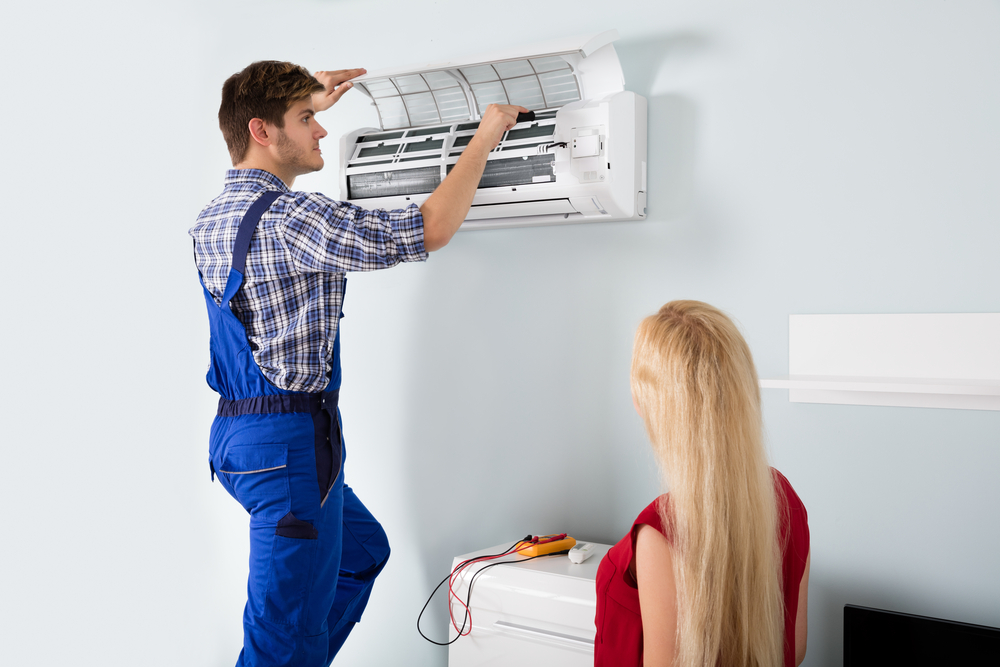When it comes to protecting your home from water damage, understanding sump pumps is essential. Whether you're trying to prevent flooding in your basement or looking to manage stormwater runoff, choosing the best rated sump pump for your home's needs can be a daunting task. With various options available, it's crucial to know what features and specifications will work best for your particular situation.
Understanding Sump Pumps: An Overview
A sump pump is a vital device used primarily in basements and crawl spaces to prevent water accumulation. It operates by collecting excess water https://www.plumbingsupplyandmore.com/ in a sump pit, then pumping it away from the house. This system is particularly important in areas prone to heavy rainfall or flooding. The two main types of sump pumps are submersible sump pumps and pedestal sump pumps.
Submersible vs. Pedestal Sump Pumps
- Submersible Sump Pumps: These pumps are placed directly in the water of the sump pit and are designed to be submerged fully. They tend to be quieter and more efficient because they push water out through a discharge pipe. Pedestal Sump Pumps: Unlike submersible models, pedestal pumps sit above the pit on a stand with a long shaft that reaches down into the pit. While they may be louder due to being above the water level, they are often easier to repair.
Choosing between these two types largely depends on your specific needs and setup. For instance, if you’re dealing with frequent flooding, a submersible model with higher horsepower (like a 1/3 HP sump pump or even a 1 HP sump pump) might be more effective.
Key Features to Consider When Choosing a Sump Pump
When selecting a sump pump, several features should guide your decision:
Horsepower and GPH Rate
The horsepower of a sump pump often dictates its capability. A higher horsepower means more power for pumping out water quickly. Additionally, check the gallons per hour (GPH) rate — this will give you an idea of how fast it can remove water from your basement during heavy rainfall.
Float Switch Type
The float switch determines how your sump pump operates automatically when water levels rise. There are three main types:
- Vertical Float Switches: Best suited for smaller pits. Tethered Float Switches: More versatile and can handle larger pits. Electronic Float Switches: Often provide better reliability but may come at a higher cost.
Material Quality
Materials matter when it comes to longevity. Look for pumps made with corrosion-resistant materials like stainless steel or thermoplastic housing for enhanced durability against harsh conditions.
Backup Systems
Consider having a backup system in place—especially if you live in an area prone to power outages during storms. A battery backup sump pump ensures that even during blackout situations, your home remains protected from flooding.
Installing Your Sump Pump: Tips & Tricks
Setting up a sump pump may seem overwhelming, but with some guidance, it can be straightforward!
Choosing the Right Location
Select an appropriate location within your basement where water tends to collect most frequently. Ensure that it's near an electrical outlet for easy access to power.
Preparing Your Sump Pit
Digging out the pit might require some effort depending on how deep you need it. Make sure it's at least 2 feet deep and wide enough for your chosen sump basin.
Connecting Discharge Pipe
Once installed, ensure that the discharge pipe has adequate slope away from the foundation of your home to prevent any backflow issues. Installing a one-way valve here can help keep water from flowing back into your pit.
Maintenance and Troubleshooting Your Sump Pump
After installing your sump pump system using quality products from trusted brands like Zoeller or Liberty Pumps, ensuring its longevity requires regular maintenance:

Routine Checks
Regularly inspect components such as the float switch and discharge pipe for clogs or malfunctions. Also, consider cleaning out any debris from the pit every few months.
Testing Your Pump
Periodically test your sump pump by pouring water into the basin until it activates; this will help confirm everything is working properly before an emergency arises.

Professional Help
If you encounter persistent issues or aren’t comfortable troubleshooting yourself, don’t hesitate to reach out to professionals like those at Plumbing Supply And More. Their expertise ensures that any repairs needed are handled promptly, unlike many competitors who may discourage DIY fixes.
Frequently Asked Questions
1. How long do sump pumps last?
Typically, most quality sump pumps last about 5-10 years depending on usage and maintenance practices.
2. Do I really need a backup battery system?
Yes! If there’s ever a power outage during heavy rain, having a backup battery-powered unit ensures continuous protection against flooding.
3. What size sump pump do I need?
The size varies based on factors like basement size and expected rainfall levels; generally speaking, consult local guidelines as well as experts at Plumbing Supply And More for tailored recommendations.

Conclusion
In summary, choosing the best rated sump pump for your home's needs involves evaluating various factors such as type, horsepower, float switch style, material quality, and backup systems—all while keeping maintenance considerations close at hand! With options ranging from submersible models suited for serious flooding scenarios to reliable pedestal variants suitable for lighter duties available at Plumbing Supply And More, you'll find just what you need without breaking the bank! Don't let potential floods catch you off guard; make informed decisions today!
By keeping these insights in mind—alongside expert assistance—you’ll ensure that you're not just prepared but confidently equipped against any unexpected deluge mother nature throws your way!